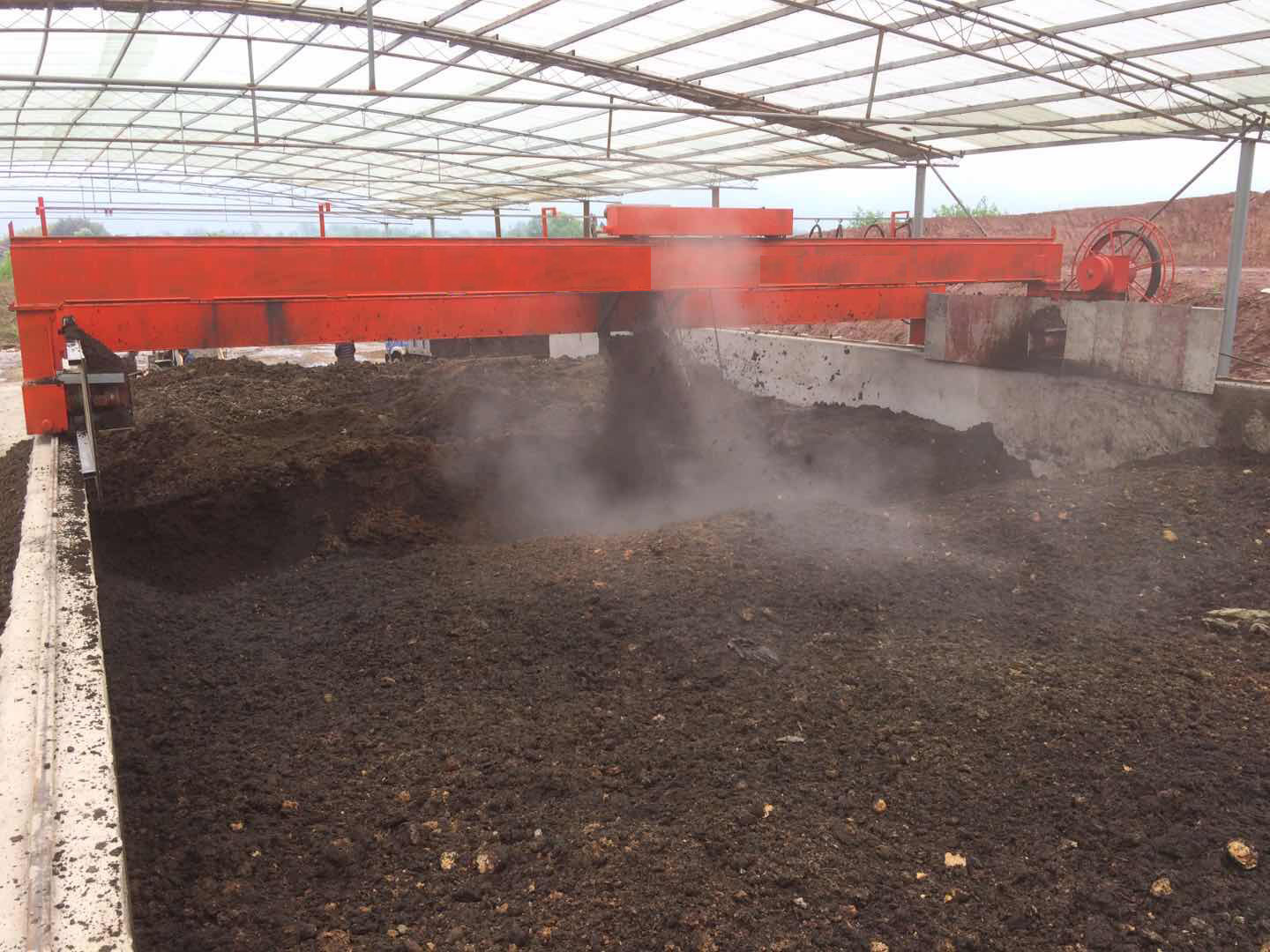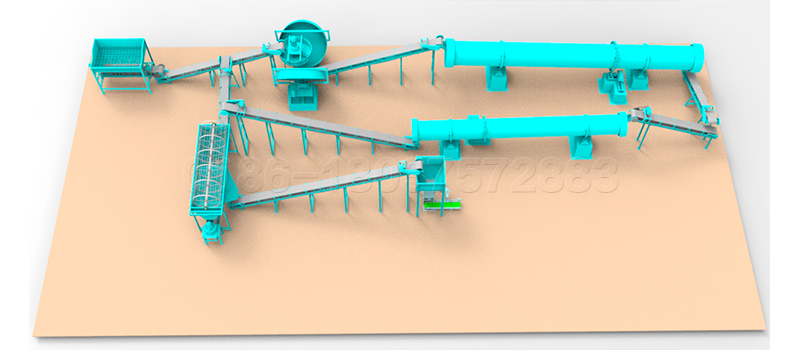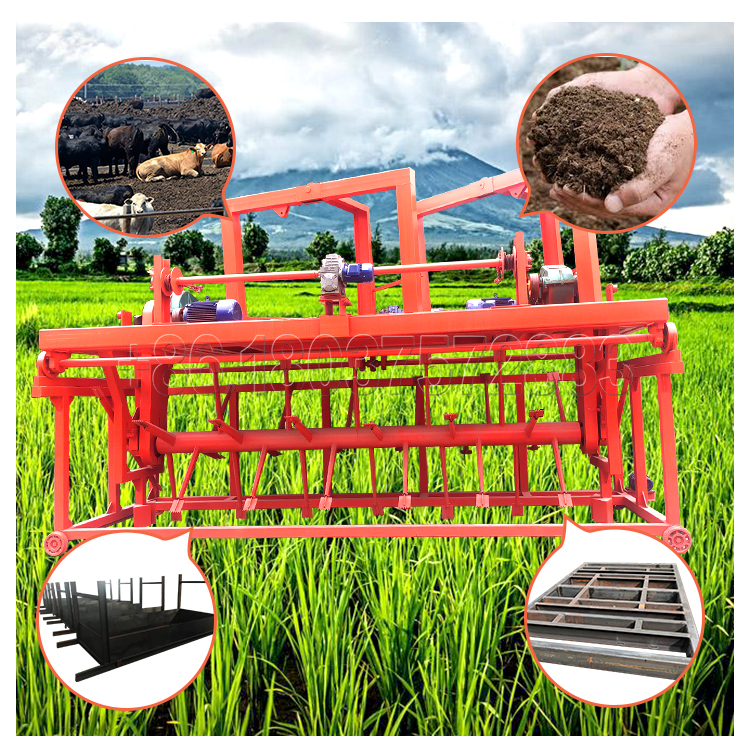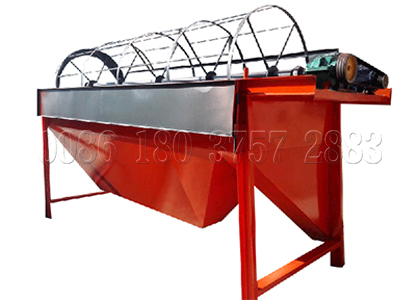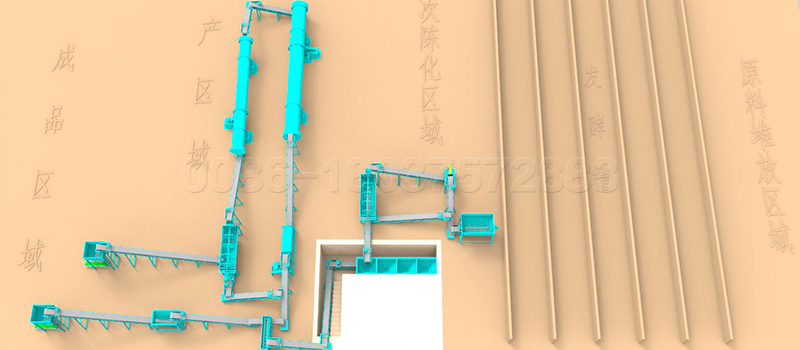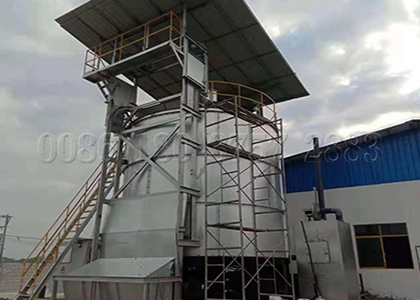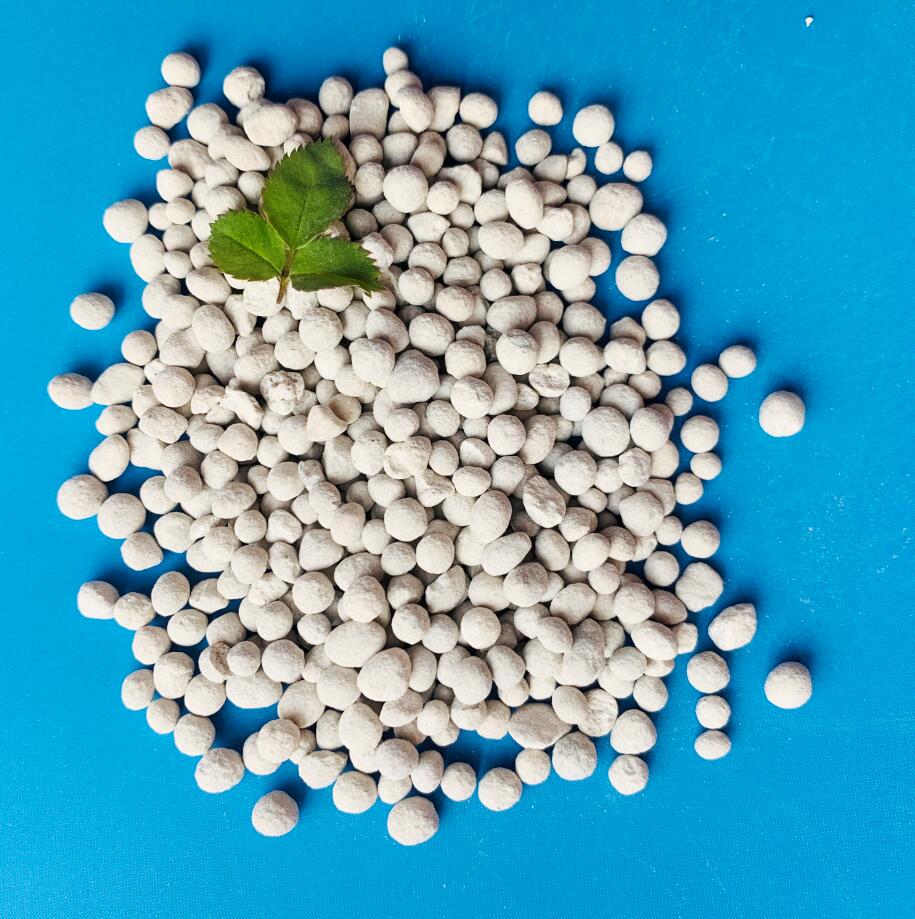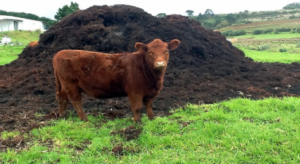Commercial compost can be produced by using compost line to produce compost granulator. Composting does not use municipal solid waste, sludge as raw materials, heavy metals exceed the standard, without high temperature or harmless treatment of inferior compost.
Fertilizer: must be applied after fermentation and ripening, and should be applied selectively according to soil quality. For example, in cohesive soil, compost should be used, and fertilizers with high content of mineral elements, such as sheep manure and cattle manure, should be used. Is applied.
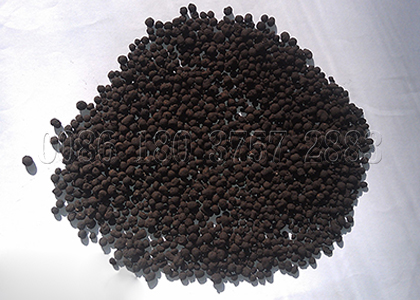
Fresh faeces contain cellulose and lignin that are difficult to decompose. Carbon and nitrogen are relatively large, and most of nitrogen is fertilizer. If fresh manure is used directly, it will compete with crops for fertilizer. In the process of microbial decomposition, soil nutrients and water are absorbed.
When fermenting fertilizer, composting diverter is the main equipment to complete the fermentation process. In the composting process or biological fertilizer production process, sometimes the composting machine is used to simplify the natural fermentation process and save the time of composting fertilizer.
Green manure: mainly pay attention to the variety characteristics of green manure, sowing time, sowing time, etc. On the other hand, it is necessary to apply green manure properly to achieve the effect of small fertilizer and large fertilizer.
Cake fertilizer: only used as topdressing. When applied directly, cake fertilizer should be fully crushed, and then put into the ditch, slightly separated from the root system, so as to avoid rooting. The system will not burn off heat during fermentation.
In addition, in the application of compost, we should also pay attention to the use of inorganic fertilizer, biological bacteria fertilizer, etc., in order to meet the nutritional needs of crops. When making fertilizer, we should use and equip more different types and series of fertilizer equipment in the fertilizer manufacturing process. Want to make your own compost, go here.


